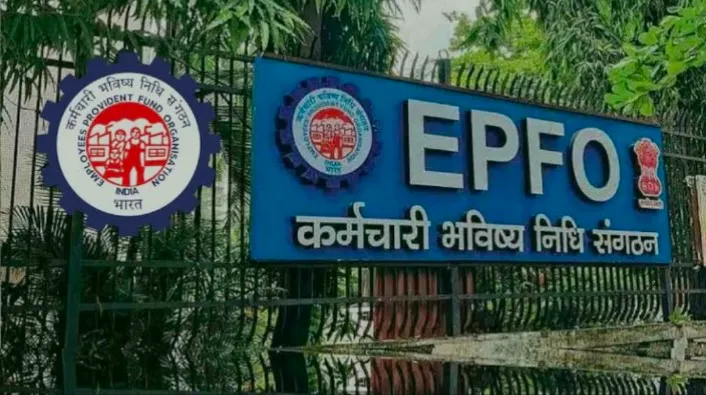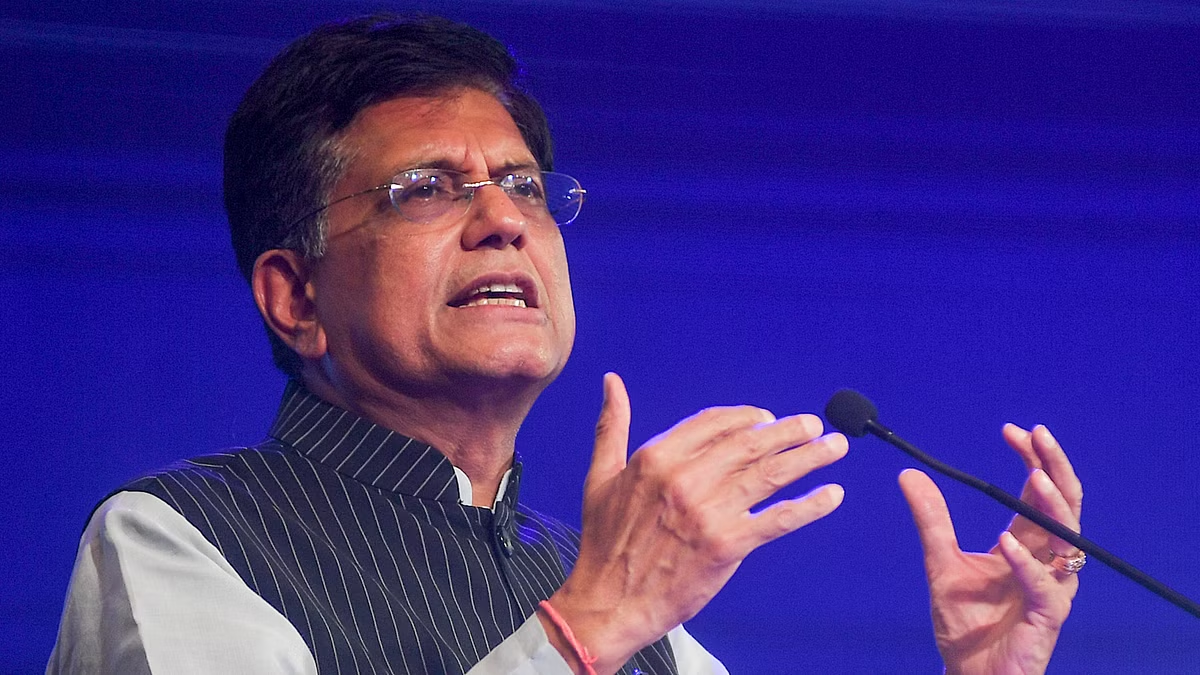Share

India still needs to cover some distance before manufacturing can contribute 25% of GDP. This next leap requires action from both the Government and private sectors. The Government should continue improving the cost of doing business through infra investments. The 2020s has already been a decade of uncertainties. The pandemic, regional conflicts and energy price volatilities have placed tremendous stress on the global supply chains. With a notable shift in foreign direct investments and trade flows, India and other economies, such as ASEAN, have a golden opportunity to become global manufacturing hubs. India, with a large yet relatively young population, is an attractive market for global majors, homegrown world-class companies and startups to set up manufacturing hubs that can serve the world. The country’s stable Government, focused on building infrastructure and maintaining an independent voice in a shifting world order, adds to its advantages.
Over the past 15 years, the Indian economy has grown threefold to $3.5 trillion in 2023, and has set an ambitious target of $30 trillion for “Amrit Kaal” as independent India turns 100 in 2047. While the country has outshone many others in the services sector, future growth will also have to ignite the untapped potential of manufacturing which contributes only 17% of the GDP. This is also critical for driving employment. Recent policy reforms and high executional rigor have positioned India well for this next phase of growth. An accelerated infrastructure build-out under the National Infrastructure Pipeline is likely to reduce logistics costs from 14% to 10% of GDP. Production-linked incentives are expected to drive investments in sunrise sectors, such as battery materials and electronics as well as conventional sectors like specialty steel and auto components. Along with improvements in physical infrastructure, initiatives that include digitizing the tax regime, creating a more competitive taxation system, and strengthening creditor rights will go a long way towards improving India’s competitiveness. Green shoots are already visible, with big-ticket investments by tech majors and Indian firms foraying into sectors such as semiconductors and defense. This enthusiasm reflects the belief that India has the potential to become a high-quality, cost-competition. Despite the green shoots, India still needs to cover some distance before manufacturing can contribute 25% of GDP. Catalyzing this ecosystem play will involve differentiated interventions anchored across five axes: Make in India for India: Focus on sectors with high GDP value add potential, including automotive, metals, and chemicals.
Make in India for India and the world: Focus on job creation in sectors like textiles, furniture, toys, footwear, Agri-processing, and plastic products. Build aatmanirbharta: Improve self-reliance of strategic sectors. Spawn sunrise industries: Be at the forefront of nascent sectors that will propel future growth. Lead emerging markets in decarbonizing supply chains: Accelerate the building of a low-cost renewable energy infrastructure and develop tech leadership in areas such as hydrogen, sustainable aviation fuel, etc. This next leap requires action from both the Government and private sectors. The Government should continue improving the cost of doing business through infra investments. This will minimize factor costs through structural unlocks, including dedicated freight corridors, augmentation of port capacity and the provision of high-quality, increasingly green power and water. Industries such as textiles, toys and furniture will benefit from a cluster-driven approach with faster land acquisition and clearances. In addition, continued action is required to improve the ease of doing business, with labor market reforms and further optimization of customs duties. Finally, India can move to higher value addition by localizing larger parts of the supply chain, from design to component manufacturing and assembly.
For global majors and the Indian private sector, this is an ideal environment for accelerating investments into innovation, R&D, upskilling, capturing the gender dividend by enhancing female workforce participation and developing “Make in India” as a global benchmark for quality and sustainability. They can help attract world-class talent to India, providing industrial-scale resources for R&D and collaborating with the Government to build new skilling infrastructure for sunrise sectors, modelled on Taiwan’s semiconductor training institutes. Leading industrials cannot grow without a vibrant manufacturing ecosystem, including SMEs and MSMEs – companies that will need credit de-bottlenecking at competitive rates as well as shared infrastructure. In addition, by supporting incubators and accelerators to commercialize startups in sunrise sectors and academic institutes to commercialize research into viable ventures, innovation will grow from the bottom-up. Indian manufacturing is at an inflection point. This can be India’s decade to capture the manufacturing opportunity, but it will require the Government and industry to work hand-in-hand, with boldness, speed and scale.









